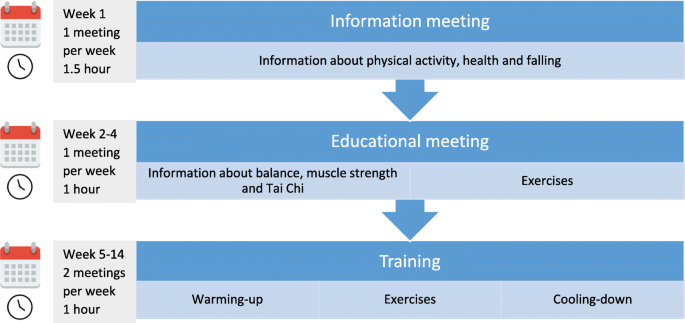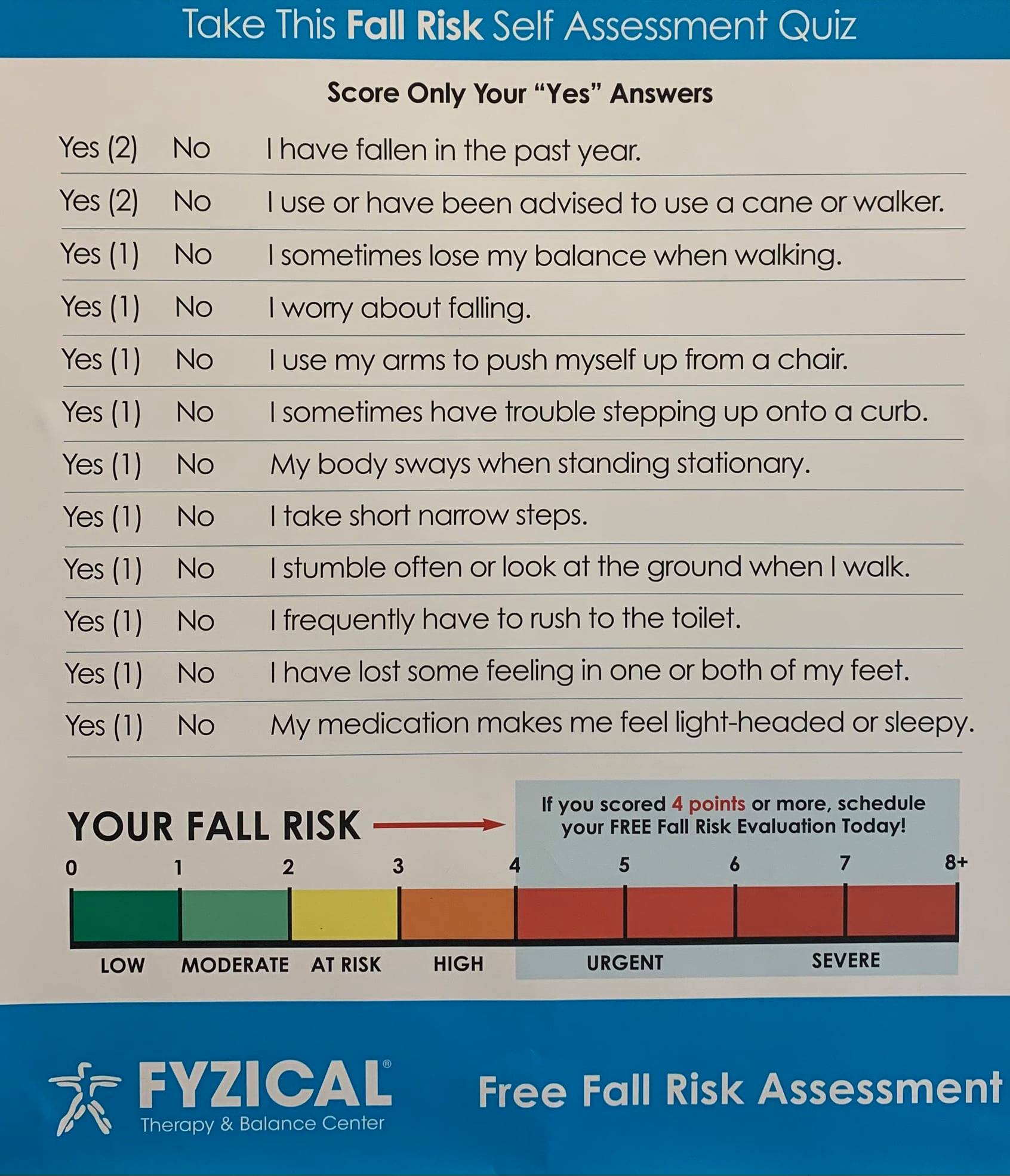Dementia Fall Risk for Beginners
Wiki Article
The smart Trick of Dementia Fall Risk That Nobody is Discussing
Table of ContentsThe Of Dementia Fall RiskGet This Report on Dementia Fall RiskThe Ultimate Guide To Dementia Fall RiskAn Unbiased View of Dementia Fall RiskThe 45-Second Trick For Dementia Fall Risk
You may be worried due to the fact that you have actually had a loss prior to or because you have actually discovered you're starting to really feel unsteady on your feet. You could have observed changes to your wellness, or just seem like you're reducing a little. Whatever the factor, it isn't uncommon to end up being cautious and shed self-confidence, and this can stop you doing the important things you used to do and make you really feel more separated.If you've had an autumn or you have actually started to feel unsteady, tell your medical professional even if you really feel great otherwise. Your physician can check your equilibrium and the means you walk to see if enhancements can be made. They might be able to refer you for a drops threat evaluation or to the drops avoidance service.
This info can be gotten through interviews with the person, their caregivers, and a review of their clinical documents. Begin by asking the individual regarding their background of drops, consisting of the frequency and conditions of any recent falls. Dementia Fall Risk. Ask about any kind of movement issues they might experience, such as unstable or difficulty walking
Conduct a detailed review of the individual's medicines, paying certain focus to those known to increase the risk of falls, such as sedatives or medicines that lower high blood pressure. Figure out if they are taking multiple medications or if there have been recent changes in their medicine program. Evaluate the individual's home environment for potential risks that could raise the threat of drops, such as inadequate lighting, loose rugs, or lack of grab bars in the washroom.
Dementia Fall Risk Can Be Fun For Everyone
Overview the individual through the loss danger assessment form, discussing each concern and recording their responses properly. Make sure that the individual recognizes the objective of the evaluation and feels comfy supplying truthful solutions. Determine the total threat score based upon the actions offered in the analysis type. Determine the person's risk group (low, tool, or high) based on the complete score and the visibility of automated high-risk status aspects.This plan might include exercise programs to boost strength and balance, drug adjustments, home adjustments, and references to various other specialists as required. Consistently keep track of the individual's progression and reassess their threat of drops as required. Modify the care strategy based on modifications in their health and wellness condition or home environment. Offer ongoing education and learning and assistance to promote safety and decrease the danger of falls in their everyday living activities.
Lots of researches have shown see that physical treatment can aid to minimize the threat of falling in adults ages 65 and older. In a new research (that took a look at falls threat in females ages 80 and older), researchers calculated the economic influence of picking physical treatment to avoid drops, and they discovered that doing so saves $2,144, consisting of all the concealed costs of your time, pain, missed life occasions, and the dollars paid for solutions.
Some Known Facts About Dementia Fall Risk.
Analyzing your balance, stamina, and strolling capacity. A home safety evaluation. Based on the analysis additional reading results, your physical therapist will certainly develop a strategy that is customized to your specific needs.Older adults that have problem walking and speaking at the exact same time go to a greater risk of falling. Dementia Fall Risk. To assist boost your safety during everyday tasks, your physical specialist might design a training program that will challenge you to preserve standing and strolling while you do an additional task. Examples include walking or standing while counting backward, having a conversation, or bring a bag of grocery stores
Your physical specialist also can identify have a peek here which activities you should avoid to stay safe. Community-based falls prevention programs assist people to: Decrease their fear of falling. Establish objectives for enhancing their physical activity. Make their homes more secure. Work out extra to raise their toughness and balance. These programs typically are led by volunteer instructors.
The Greatest Guide To Dementia Fall Risk

Measles, or rubeola, is a highly transmittable, severe viral infectious illness brought on by the measles infection. Some individuals think about measles as just a rash and high temperature that removes up in a few days; however, measles can cause major health complications, specifically in youngsters younger than 5-years-old. The very best protection against measles is the measles, mumps, and rubella (MMR) injection.
Autumns are an usual source of injury amongst older grownups. According to the CDC, in one year alone, fall-related injuries added to over $50 billion in medical expenses (Dementia Fall Risk). In health center settings, older grownups are at especially high threat of drops due to the fact that their decreased wheelchair from being confined to a space or bed.
Excitement About Dementia Fall Risk

She has a case history of seizure disorder and hypertension. She is receiving an IV mixture and taking Gabapentin and Lasix. She has no background of drops, her stride is constant, and she invalidates with no problems. The previous registered nurse states that she asks for assistance to the washroom when she requires to go.
Instances of common loss interventions/measures include: Making sure a person's necessary things are within reach. Past understanding how to utilize the Johns Hopkins Fall Risk Analysis Tool, it's vital that centers include its usage right into a much more thorough loss avoidance plan.
Report this wiki page